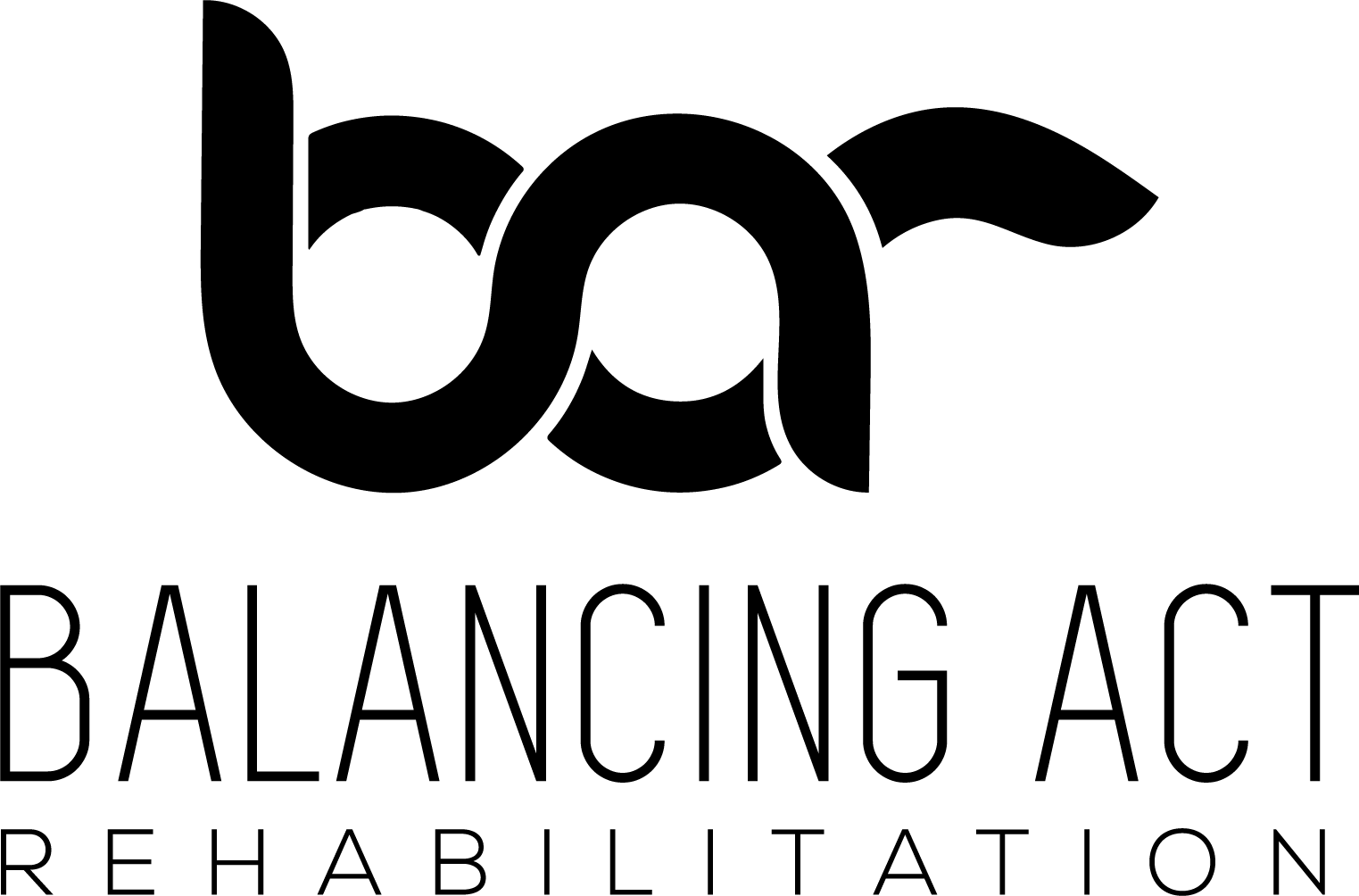Let’s Talk About BPPV
On this page, you’ll find helpful resources on Benign Paroxysmal Positional Vertigo (BPPV). Our videos offer a quick lesson on what BPPV is and guide you through two of the most common treatment maneuvers: the Epley Maneuver and the Gufoni Maneuver.
For those interested in learning more about how to treat BPPV at home, click here to check out our comprehensive course, "How to Treat Positional Vertigo”
This course covers:
Detailed inner ear anatomy and the causes of BPPV
Testing for the most common types of BPPV in different canals
Identifying the affected ear during an active BPPV episode
Tailoring treatment maneuvers based on the involved ear and canal
Tips and strategies to enhance success when treating at home
For FREE step-by-step handouts on the Epley Maneuver and Gufoni Maneuver from Vestibular First, click here!
What is BPPV?
Dr. Danielle Tolman, PT, explains Benign Paroxysmal Positional Vertigo (BPPV) in clear, easy-to-understand terms. Discover what "ear crystals" are, how they cause dizziness, and how to find relief from positional vertigo.
How to Perform a Right Epley Maneuver
Dr. Danielle Tolman, PT, and Dr. Abbie Ross, PT, NCS, demonstrate how to perform a Right Epley Maneuver to treat displaced crystals in the right posterior semicircular canal.
How to Perform a Left Epley Maneuver
Dr. Danielle Tolman, PT, and Dr. Abbie Ross, PT, NCS, demonstrate how to perform a Left Epley Maneuver to treat displaced crystals in the right posterior semicircular canal.
How to Perform a Right Gufoni Maneuver
Dr. Danielle Tolman, PT and Dr. Abbie Ross, PT, NCS demonstrate how to perform a Right Gufoni Maneuver to treat displaced crystals in the right horizontal semicircular canal.
How to Perform a Left Gufoni Manevuer
Dr. Danielle Tolman, PT and Dr. Abbie Ross, PT, NCS demonstrate how to perform a Left Gufoni Maneuver to treat displaced crystals in the right horizontal semicircular canal.
